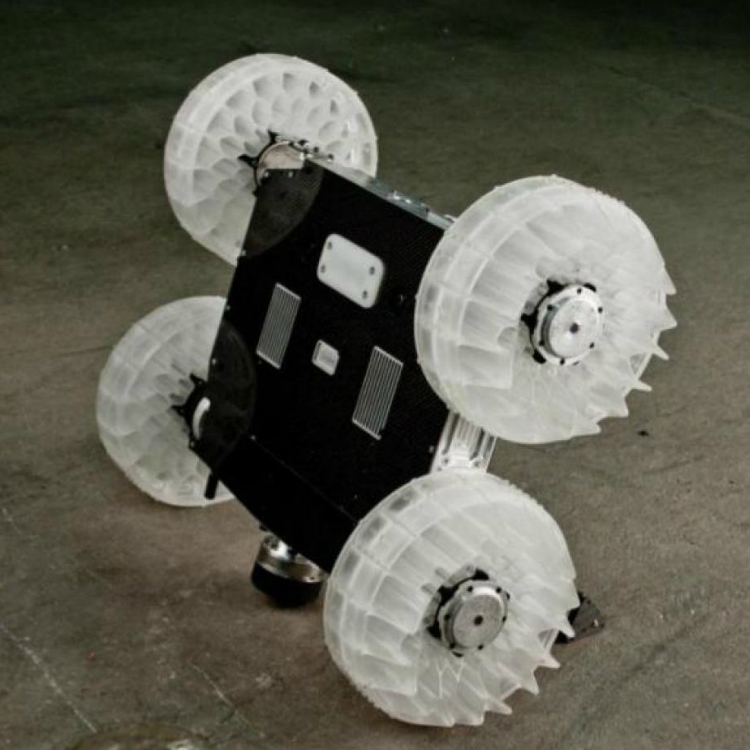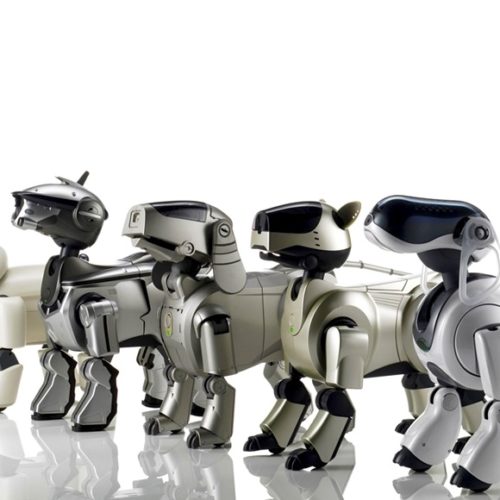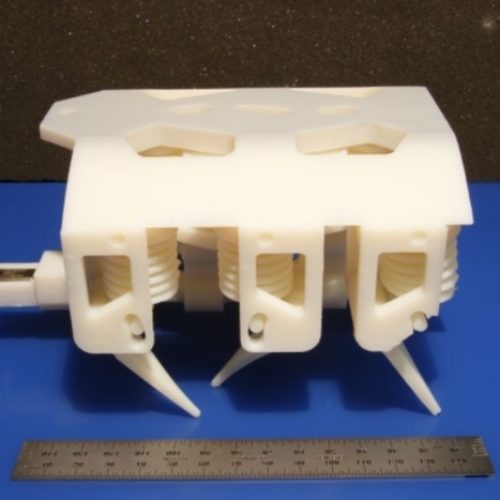Sand Flea
Sand Flea is an 11 pound robot that drives like an RC car on flat terrain, but can jump 30 ft into the air to overcome obstacles. That is high enough to jump over a compound wall, onto the roof of a house, up a set of stairs or into a second story window.
The robot’s development was funded by DARPA, the Joint IED Defeat Organization (JIEDDO) and the Rapid Equipping Force, with the goal of providing increased situational awareness in combat situations. However, its creators say it also has potential for law enforcement, search and rescue, and planetary exploration applications.

Sand Flea has its origins in the Precision Urban Hopper, which was born of a collaboration between Sandia National Labs and Boston Dynamics back in 2009. There are some significant differences in the latest version of Sand Flea, some of which we’ve only just seen in this video: for example, instead of jumping while moving (like the Precision Urban Hopper did), Sand Flea stops, rears back, and launches itself into the air.
An onboard stabilization system keeps it oriented during flight to improve the view from the video uplink and to control landings. While the Sand Flea is currently in development for use in military applications, I’ll be surprised if RC cars don’t integrate the awesome jumping feature into their own models in the near future. The jumping ability will be invaluable for traveling around major obstacles such as walls, or for gaining higher ground by jumping on to a roof.
You might also like
Sony Halts Support for Aibo, Still One of the Best Robot Toys Ever
Sony stopped making the Aibo robot dog in 2006. In robot years, that’s ages ago. Still, many robot enthusiasts would agree that these little robotic pets remain one of the most sophisticated consumer
CB2
Researchers from Osaka University’s Graduate School of Engineering unveiled a robot that acts like a human infant, which they hope may one day help scientists better understand the child development
3D-printed robots walk out of the printer
Wish to print Your own robot? Why not! We get used to the fact that now, we are able to 3-D print almost anything, but print a robot? MIT Engineers



